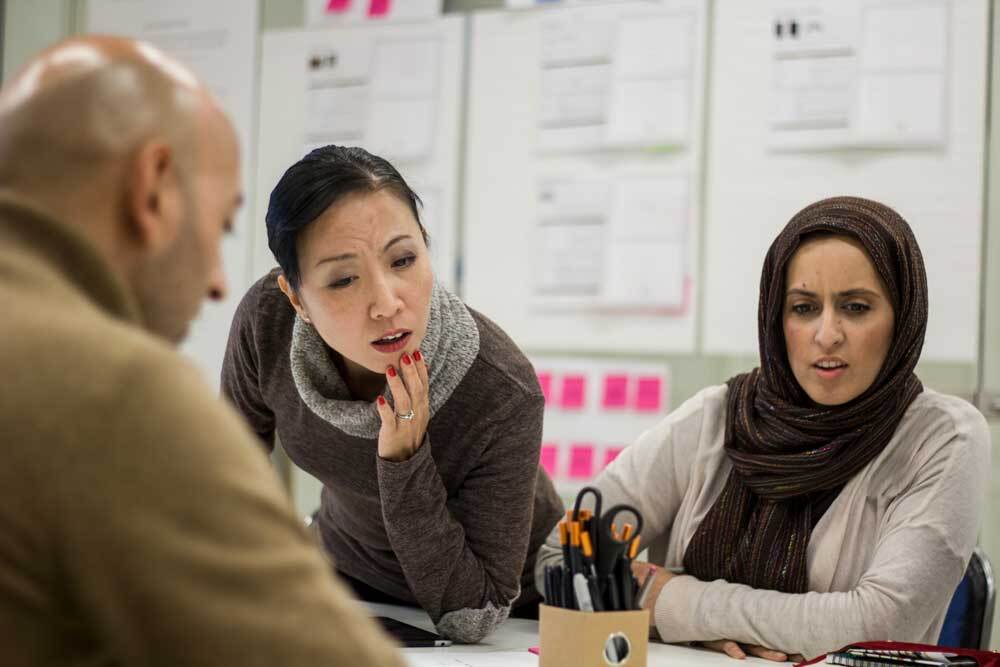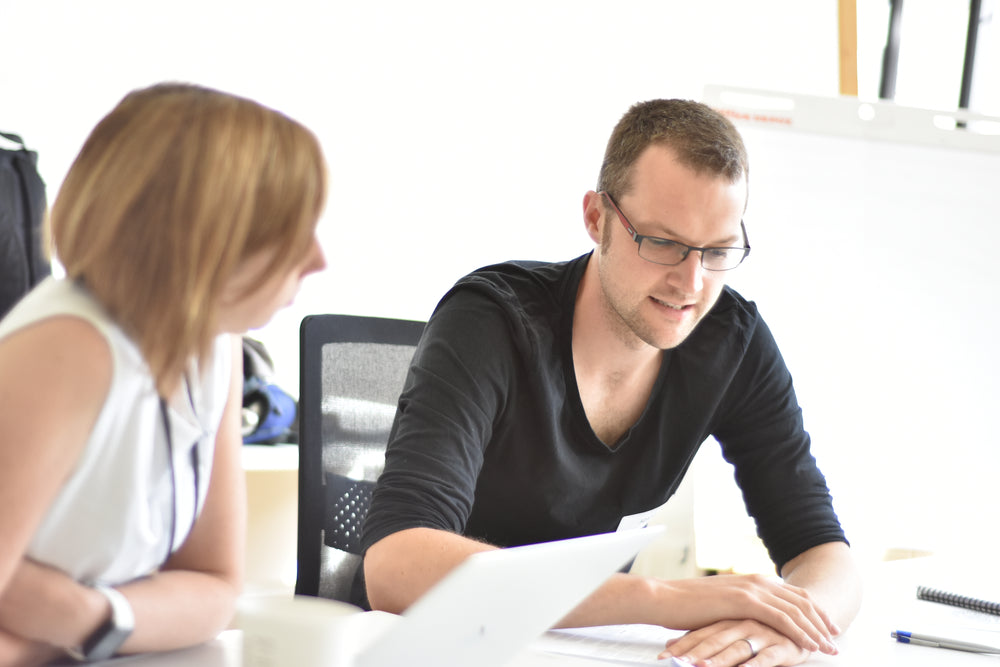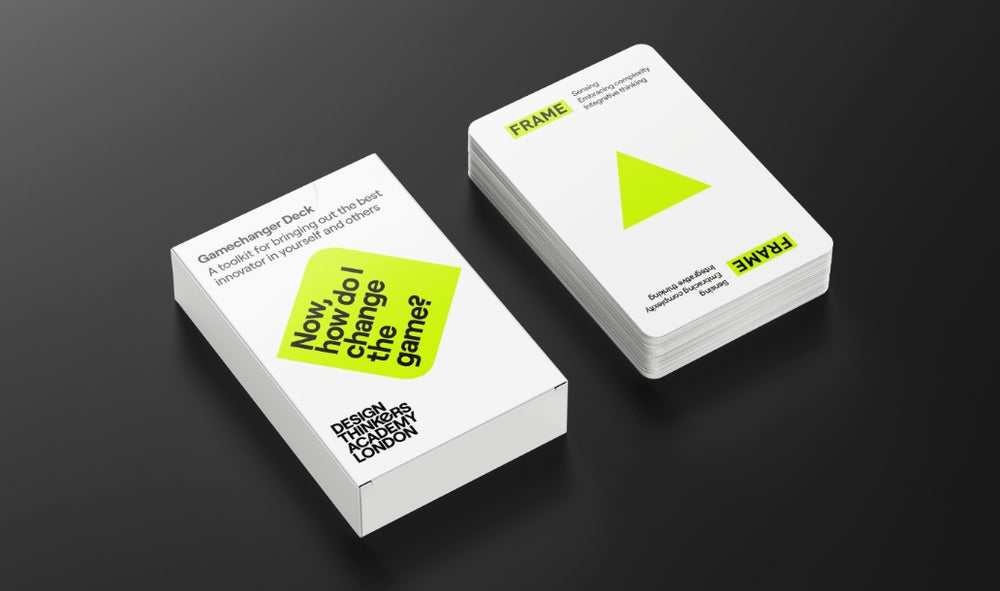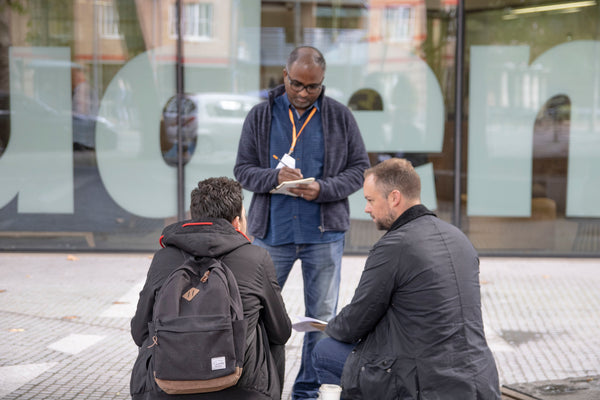Why do leaders need to be like designers? John Farrer, consultant at Professional and Organisational Development, argues that we should stop seeing thinking and doing as such separate activities and do what a designer does – prototype.
Leaders need to think like a designer. Incorporate prototyping into your management style and grow your ideas in the real world. Find out what works, fine tune systems and involve the expertise of your team.
We’re often advised to think like a designer. Perhaps we feel we do – we look at great innovators, get inspired, look for new solutions to our problems, think outside the box, build a new box, think outside of that too. We may have genuinely innovative ideas ourselves, but they often fall down if we try to apply them in the same old way.
What we need to do is realise we are a designer and so stop seeing thinking and doing as such separate activities. Applying design thinking to management situations involves combining the two – practically experimenting with ideas which you know aren’t finished just yet and using practical experience to further develop an idea.
"We may have genuinely innovative ideas ourselves, but they often fall down if we try to apply them in the same old way."
Why should you prototype your idea?
1. You could be wrong
Prototyping is taking an idea out into a real environment quickly, trying out a new technique in a practical way and learning from doing it. No-one wants to be proved wrong, but some issues just don’t arise on paper and there is always the Law of Unintended Consequences. Prototyping allows you to find any problems quickly – and before you’re too far down the path to adjust or halt.

2. You could be right
If you’ve got as far as trialling a new way of doing things as a prototype, it’s more likely you’re onto something, but it’s arrogant to think you might have the perfect solution first time round. Rather than discovering a catastrophic error, it’s much more likely that your prototyping will bring to light areas which could be improved, good things which could be great things, aspects which could be even better if…
You could be legion
By trialling your idea in the real world and exposing it to your team and stakeholders, you are creating a collaborative project. You’re not just collecting likes and dislikes, you’re getting feedback from a team of specialists. Some might highlight problems but others will bring improvements or offer solutions from their position as experts in that particular area.
"By trialling your idea in the real world and exposing it to your team and stakeholders, you are creating a collaborative project."
Prototyping takes bravery. We’d all like to make flawless changes and introduce fully formed ideas that are perfect right off the bat. The problem is, you don’t know how perfect those ideas are until they hit the real world. If you’re brave enough to trial an idea you know isn’t perfect yet, the early exposure to a real environment can help identify and remove anything holding it back.
Don’t stop thinking big, but be prepared to start small. Fail quickly if needs be, and learn from the failure. Think and do at the same time. Use your team and all the experience they bring – grow your ideas and your people in the real world.













